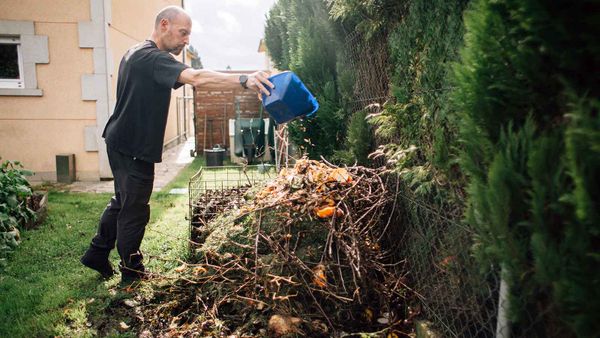Agroforestry is a system that combines methods developed in the fields of agriculture and forestry in order to promote sustainability. Agroforestry promotes the planting of trees that can potentially become agriculturally productive [source: World Agroforestry Centre]. Aesthetic value is not a central principle of agroforestry. Rather, the aim of landowners who implement agroforesty methods of growth is to derive specific benefits from the trees that they've planted.
Since human consumption is a major reason for the Earth's diminishing resources, one step toward replenishment is the implementation of certain agroforesty practices. In general, agroforestry is used on large tracts of land, including rangelands and farm lands. In theory, however, the principles and practices that comprise the agroforestry resources management system can be applied to all fertile lands. Several common agroforestry practices have proven successful. For example, alley cropping is a method that entails the planting of trees between shrubs or other trees that are already grown in. Another agroforestry practice is the planting and growth of trees, called riparian forest buffers, near bodies of water. Another principle of agroforestry is the integration of forestry and grazing land, which is called silvopasture. Agroforestry also offers a solution to dealing with the more damaging effects of wind on soil moisture by the planting of windbreaks, which are strategically planted shrubs and/or trees [source University of Illinois].
Advertisement
Beyond these agroforesty practices, a landowner also needs to decide which trees to plant. Different trees have different roles to fulfill. For example, fertilizer trees are especially useful for soil health and land regeneration. On the other hand, fodder trees are a good idea if a forester is looking to improve livestock production.
Advertisement

